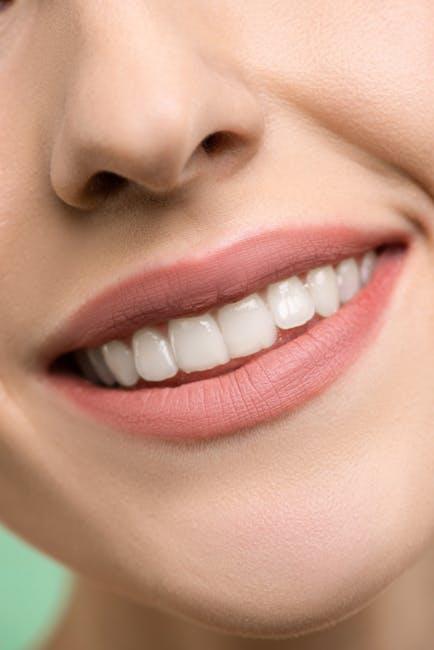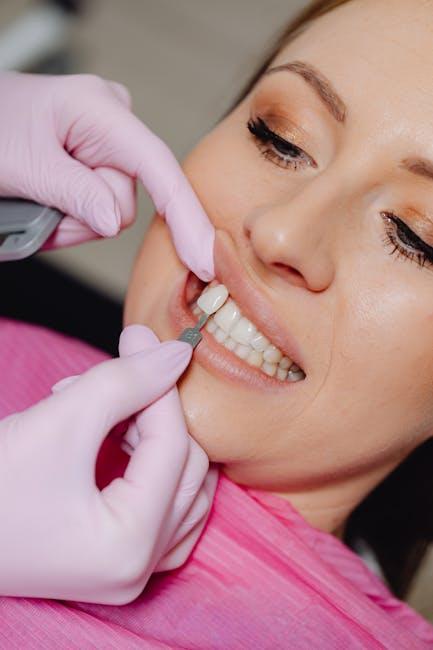
Balancing the Risks and Benefits Associated with Cosmetic Dentistry – A Joint Statement by UK Specialist Dental Societies
Published in Nature, this joint statement sheds light on the vital need to weigh the risks and benefits of cosmetic dentistry for safer, more effective aesthetic treatments.
Introduction: Understanding Cosmetic Dentistry in Today’s UK Context
Cosmetic dentistry has surged in popularity as more people seek to enhance their smiles for personal and professional reasons. From teeth whitening and veneers to orthodontics and dental implants, these treatments can provide remarkable aesthetic improvements. However, with growing demand, concerns about safety, ethical practices, and long-term effects have also surfaced.
In response, a consortium of UK specialist dental societies recently released a joint statement published in Nature, addressing the imperative balance between the benefits and risks associated with cosmetic dentistry.
The Benefits of Cosmetic Dentistry
Cosmetic dentistry offers a broad spectrum of advantages beyond just physical appearance. Highlighted benefits include:
- Boosted Confidence: Improved smile aesthetics often lead to higher self-esteem and social confidence.
- Enhanced Oral Health: Some treatments correct structural issues, leading to better oral hygiene maintenance.
- Long-Lasting Results: Advances in technology provide durable materials that can last many years when properly cared for.
- Personalized Treatment: Options are tailored to individual dental anatomy and lifestyle requirements.
Recognizing the Risks of Cosmetic Dentistry
While cosmetic dentistry is generally safe when performed by qualified specialists, the joint statement emphasizes awareness of potential risks such as:
- Invasive Procedures: Some treatments involve removal of natural tooth enamel which is irreversible.
- Allergic Reactions: Sensitivity to dental materials or chemicals used in treatments.
- Overtreatment: Pursuit of aesthetic perfection can sometimes compromise oral health.
- Temporary Side Effects: Pain, swelling, or sensitivity post-procedure.
- Psychological Impact: Unrealistic expectations may lead to dissatisfaction or body image concerns.
Joint Statement Highlights from UK Specialist Dental Societies
The collaborative statement released by esteemed UK dental organizations—including the British Academy of Cosmetic Dentistry (BACD), British Orthodontic Society (BOS), and Faculty of General Dental Practice (FGDP)—focuses on these key points:
- Comprehensive Patient Assessment: Ensure treatments are clinically indicated and suitable for individual cases.
- Informed Consent: Patients must be fully informed about benefits, risks, alternatives, and potential complications beforehand.
- Ethical Practice: Avoid unnecessary procedures driven solely by commercial incentives.
- Specialist Training: Only qualified dental professionals with relevant cosmetic expertise should perform these treatments.
- Long-Term Follow-Up: Continuous monitoring and maintenance to safeguard oral health and treatment longevity.
Table: Comparing Common Cosmetic Dentistry Treatments – Benefits vs Risks
| Treatment | Benefits | Potential Risks |
|---|---|---|
| Teeth Whitening | Brightens smile, non-invasive, quick results | Sensitivity, uneven coloration, enamel damage if overused |
| Dental Veneers | Masks imperfections, natural look, durable | Irreversible enamel removal, chipping risks, cost |
| Orthodontics (Invisalign, Braces) | Corrects alignment, improves bite, oral health | Discomfort, longer treatment times, compliance needed |
| Dental Implants | Permanent tooth replacement, functionality restored | Infection, implant failure, surgical risks |
Practical Tips for Patients Considering Cosmetic Dentistry
If you’re thinking about cosmetic dental treatments, here are some expert-recommended tips to help you navigate your choices safely:
- Consult a Specialist: Always seek advice from a registered dental specialist with a proven track record.
- Ask Questions: Understand the procedure steps, materials used, duration, costs, and aftercare.
- Evaluate Expectations: Set realistic goals and understand what results are achievable.
- Check Credentials: Verify the dental practice’s certifications and patient testimonials.
- Review Alternatives: Sometimes non-cosmetic interventions might be more appropriate for health.
Case Study: Navigating Risk and Reward in Veneer Treatment
Emily, 32, London: She desired a brighter, more symmetrical smile before an important career change. After thorough consultation with a cosmetic dentist affiliated with a UK specialist society, Emily proceeded with composite veneers.
This minimally invasive option allowed for enamel preservation and was reversible. However, Emily experienced mild sensitivity initially, managed effectively through post-care advice. Six months later, her improved smile enhanced her confidence without compromising oral health.
This case exemplifies how collaborative decision-making and specialist input can successfully balance cosmetic desires with dental safety.
Conclusion: Striking the Right Balance for Safe Cosmetic Dentistry
The joint statement from UK specialist dental societies underlines the necessity of balancing the alluring benefits of cosmetic dentistry with cognizance of the associated risks. Through rigorous patient assessment, ethical practice, specialist training, and informed consent, cosmetic dentistry can offer life-enhancing improvements while safeguarding oral health.
For anyone considering these treatments, an educated and cautious approach is essential. Embrace expert advice, understand your options, and prioritize your overall well-being — a beautiful smile is most valuable when it’s healthy and sustainable.
Stay informed, consult trusted specialists, and smile confidently.


